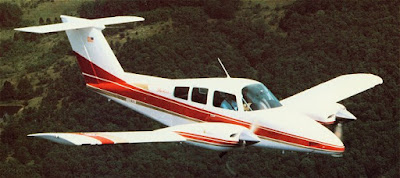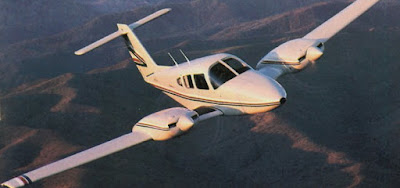The XP-82 was to be powered by two Packard-built Rolls-Royce
V-1650 Merlin engines. Initially, the left engine was a V-1650-23 with a gear reduction box to allow the left propeller to turn opposite to the right propeller, which was driven by the more conventional V-1650-25.
In this arrangement both propellers would turn upward as they approached the center wing, which in theory would have allowed better single-engine control. This proved not to be the case when the aircraft refused to become airborne during its first flight attempt. After a month of work North American engineers finally discovered that rotating the propellers to meet in the center on their upward turn created sufficient drag to cancel out all lift from the center wing section, one quarter of the aircraft's total wing surface area.
The engines and propellers were then exchanged, with their rotation meeting on the downward turn, and the problem was fully solved.




 It's one of each I believe, top Dutchess, bottom Seminole.
It's one of each I believe, top Dutchess, bottom Seminole.